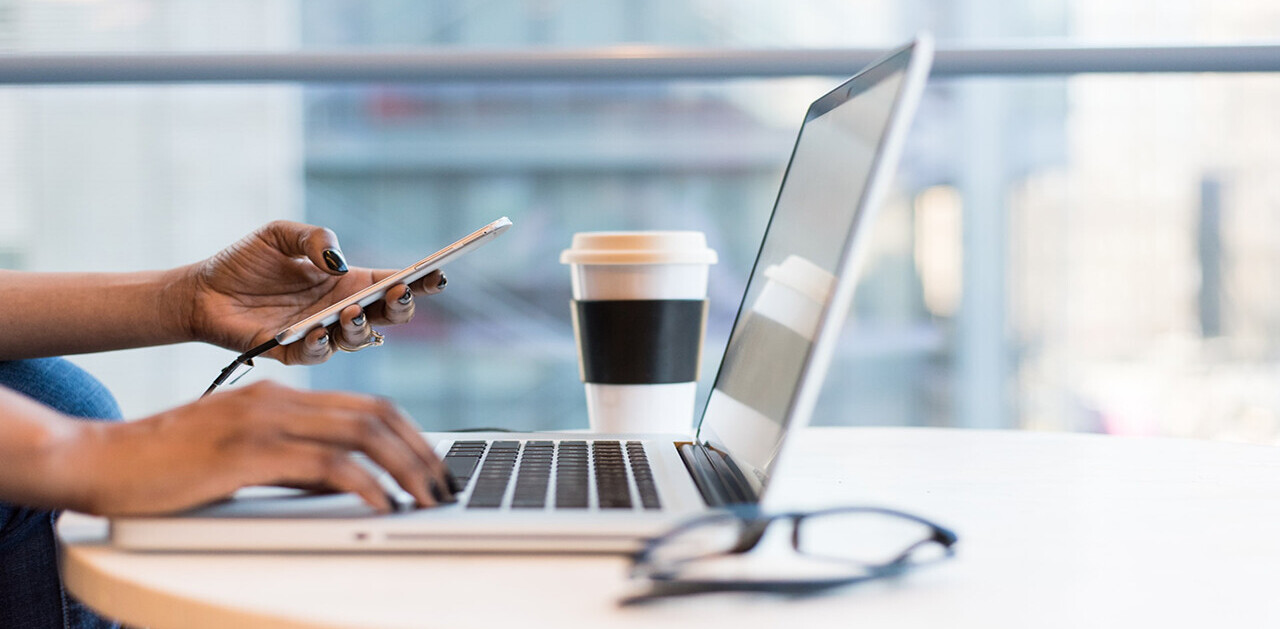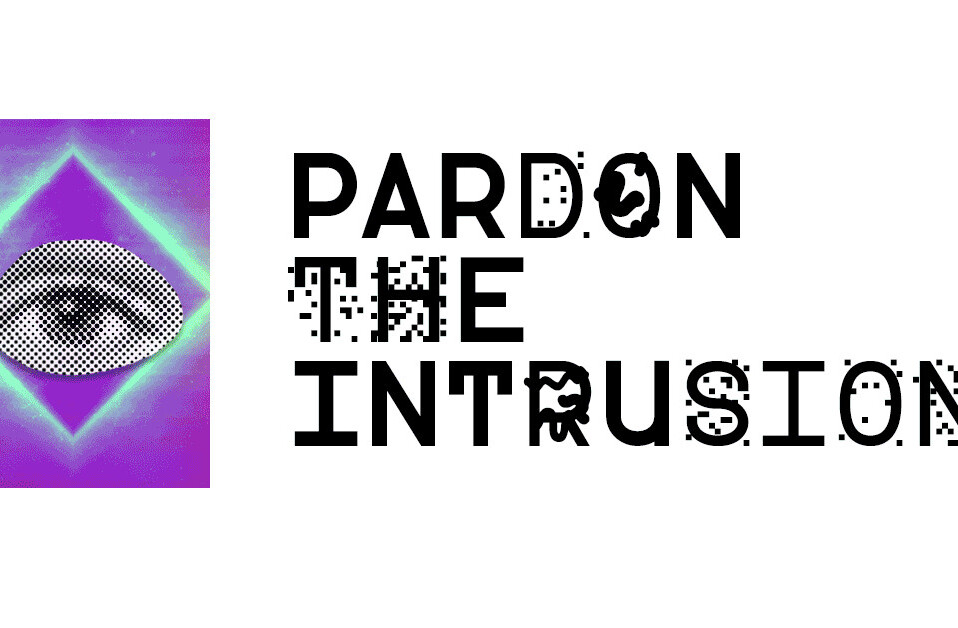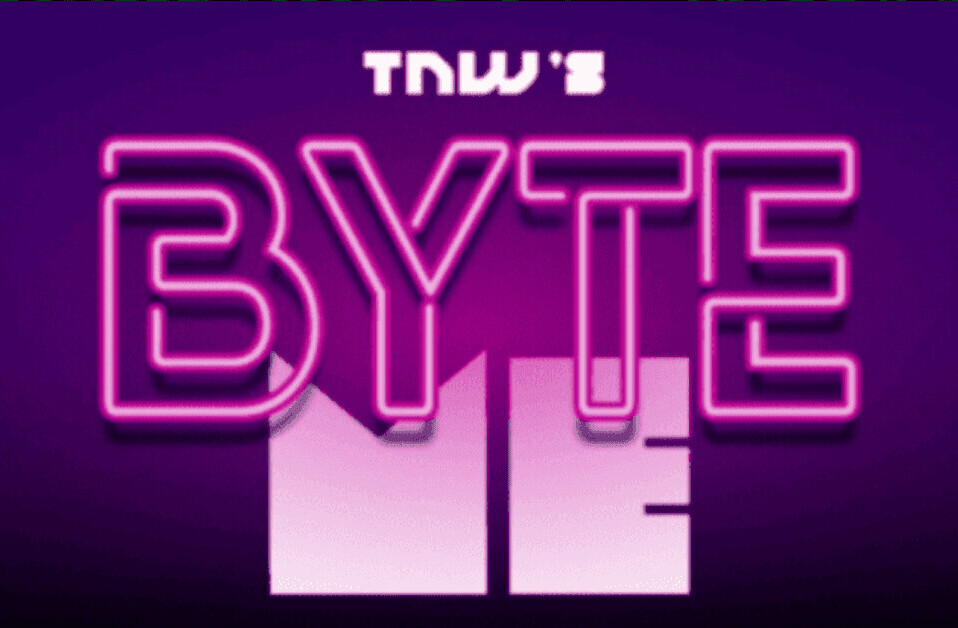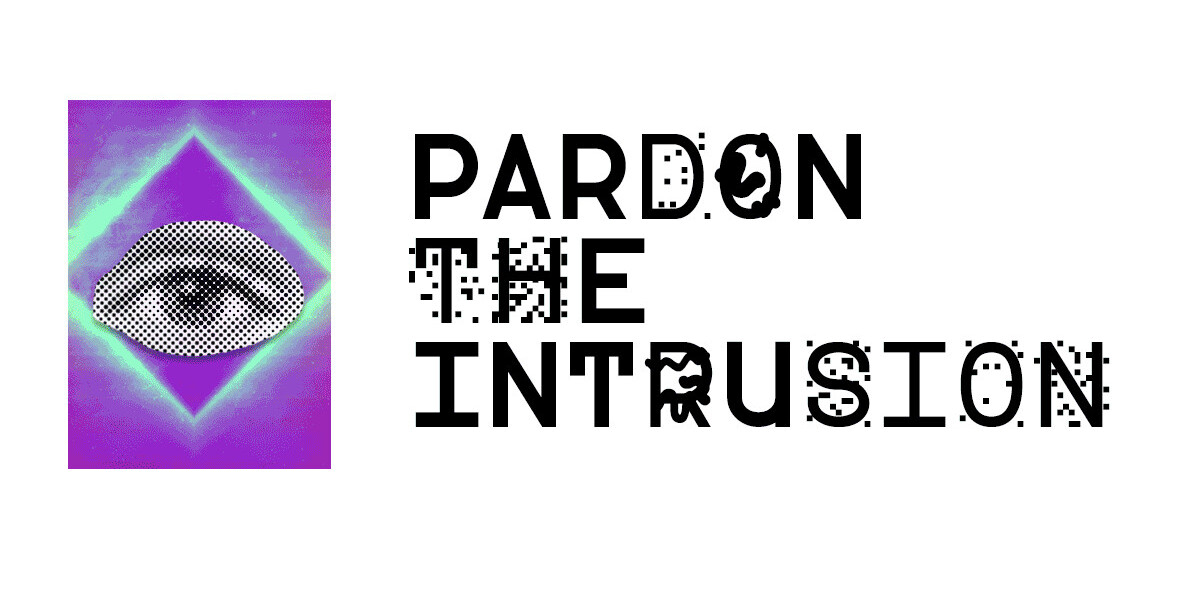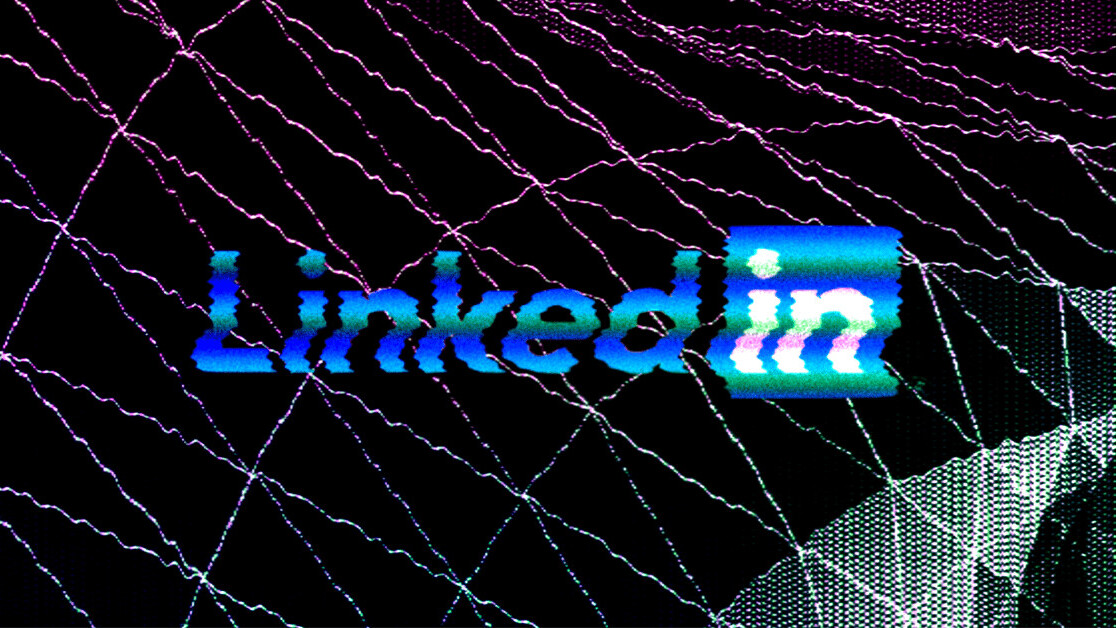
This article originally featured in Byte Me, our monthly feminist newsletter that makes everyone mad. In each edition, we choose a “word of the month” that we’ve either made up or found on the internet. Subscribe here to get it straight to your inbox!
Remember when incels would mostly reside in the dark, stinky corners of Reddit and 4chan? They’ve now conquered your father’s favorite social network, LinkedIn — giving birth to an awful new thing:
To quickly refresh your memory, incels are ‘involuntary celibates,’ people (let’s face it, mainly men) who believe they can’t get laid because they’re not attractive enough. Most of them hate women. Some of them shoot up shopping malls.
An incel with a LinkedIn profile might not take it that far — they’re focused on their careers, after all — but that doesn’t mean they can’t hit on random women via Linkedin messages.

In a recent piece for Fast Company, author Katie Fiore signals a disturbing new trend on the social platform: women users are increasingly dealing with harassment and misogyny.
Fiore researched the reactions to articles posted by The Female Lead, an online platform that focuses on female leadership. She noted that:
…many of the comments were filled with derision, marginalization, and even outright hate directed at the female subject of the post. Comments from professional men whose pictures, names, and places of work were visible for everyone to see. Men who felt so comfortable with their misogyny that they were empowered to share it on a platform for professionals designed to help us advance our networks and careers.
And the misogyny on LinkedIn isn’t just hiding in comments and DMs — it’s also in the content itself. Last week, this post landed on my feed:

It’s pretty ironic to suggest that all women should devote their lives to homemaking; the one job you won’t find on LinkedIn. Also, what the hell are safety pads, and why would women need men to buy them?
So what’s LinkedIn doing about all this? According to a recent blog post, the platform will be rolling out some ‘anti-harassment’ features this fall.
Before publishing new posts, users will be reminded to respect the guidelines and keep it professional. Direct messages that are deemed inappropriate by LinkedIn’s algorithm will show up with a warning:
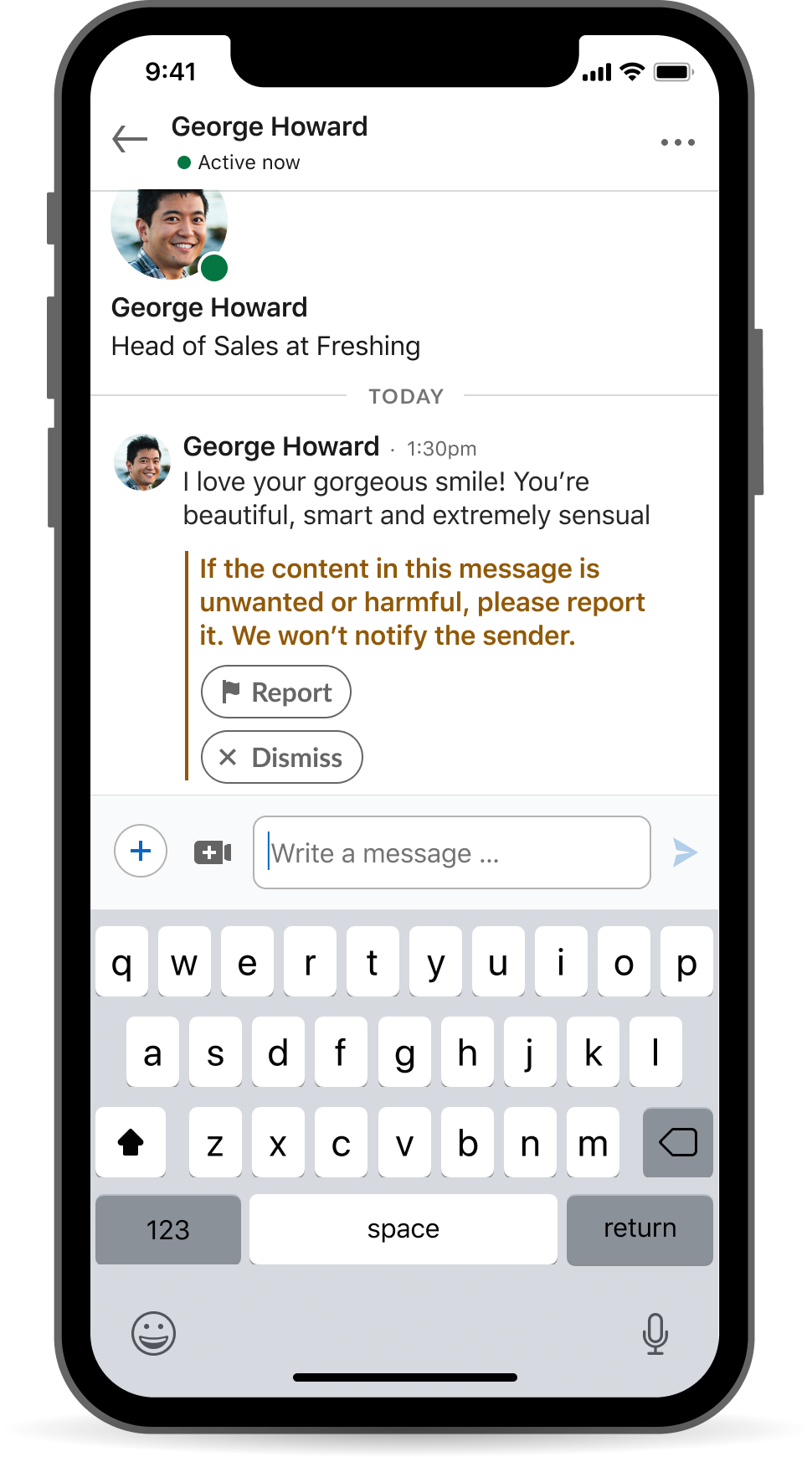
While such a feature lowers the barrier for users to report unwanted advances, LinkedIn is unclear about what will happen after reporting; just that it will take “appropriate actions.”
And, as Fiore states in her Fast Company article, these tools don’t seem to acknowledge the underlying issue: that it’s mainly women who need to deal with this crap. They’re on LinkedIn to further their professional careers, and now they have to become full-time unpaid moderators, too?
So, a closing note to the men: stop using LinkedIn to hit on women. If you come across a pretty profile picture, no need to tell her about it. And please, please don’t send unsolicited dick pics via inMail. Nobody endorsed you for being a pathetic little pervert.
Subscribe to our monthly Byte Me newsletter NOW!
Get the TNW newsletter
Get the most important tech news in your inbox each week.

